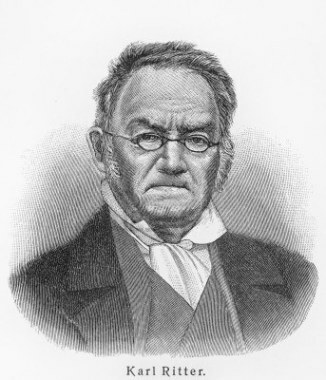Molecule: chemical structure formed by two or more atoms. It can be made up of the same atoms or different elements.
Cell: functional and structural units of living beings. With the exception of virus, all living organisms have cells in their composition. They can be divided into two basic groups: eukaryotes and prokaryotes. Prokaryotic cells do not have a defined nucleus, the genetic material being dispersed in the cytoplasm. Eukaryotic cells, in turn, have a defined nucleus, in addition to having membranous organelles in their cytoplasm.
Fabric: set of cells that perform a specific function. Given this definition, it is clear that only multicellular organisms can present tissues. In humans, the four types of basic tissue found are: epithelial, connective, nervous and muscle. It is worth noting that, contrary to what some people think, plants also have tissues, such as: epidermis, parenchyma, collenchyma,sclerenchyma,xylem and phloem.
Organ: formation composed by the set of two or more fabrics.
Heart, spleen, liver and pancreas are examples of organs found in our body. Sheets, stems and roots are examples of organs present in plants.Body: individual form of a living being. A human being is an organism.
Population: set of organisms of the same species that live in a certain region and in a certain period. A cluster of giraffes, living in an area of the African savannah, represents a population.
Community: it concerns the set of several populations that live in a determined area and period. Giraffe, lion and zebra populations, living in a region of the African savanna, form a community.
ecosystem: set of all living beings found in a region, together with all abiotic components with which they interact. By abiotic components we mean the lifeless elements of an environment, such as water, soil, atmosphere and luminosity.
Biosphere: set of all ecosystems found on our planet.
(UFPB) This question should be answered based on the following text.
We can say that a butterfly, a cashew tree, a mushroom and a human are living beings, while a rock, wind and water are not. We do this because living things share characteristics that distinguish them from non-living beings. These characteristics include certain types of organization and the presence of a variety of chemical reactions that enable them to maintain the internal environment. stable, even when the external environment varies, allowing them to obtain energy, move in the environment, respond to stimuli from it and perpetuate the life. To perform these functions, living beings are composed of basic units that constitute the entirety of their body, or these units are aggregated, forming complex structures that perform certain functions, such as boosting blood. These living forms can produce others that are identical or very similar to themselves, a process carried out by a series of structures that act together. Early in their lives, these living forms may be identical to the organisms that formed them or undergo changes that make similar to these organisms at a later stage, in addition to increasing the size of their bodies during this process.
The levels of organization of life that can be deduced from the text are:
a) Cell, organ, population, ecosystem
b) Cell, organ, system, organism
c) Tissue, system, organism, biosphere
d) Tissue, organ, system, community
e) Organ, system, organism, population


